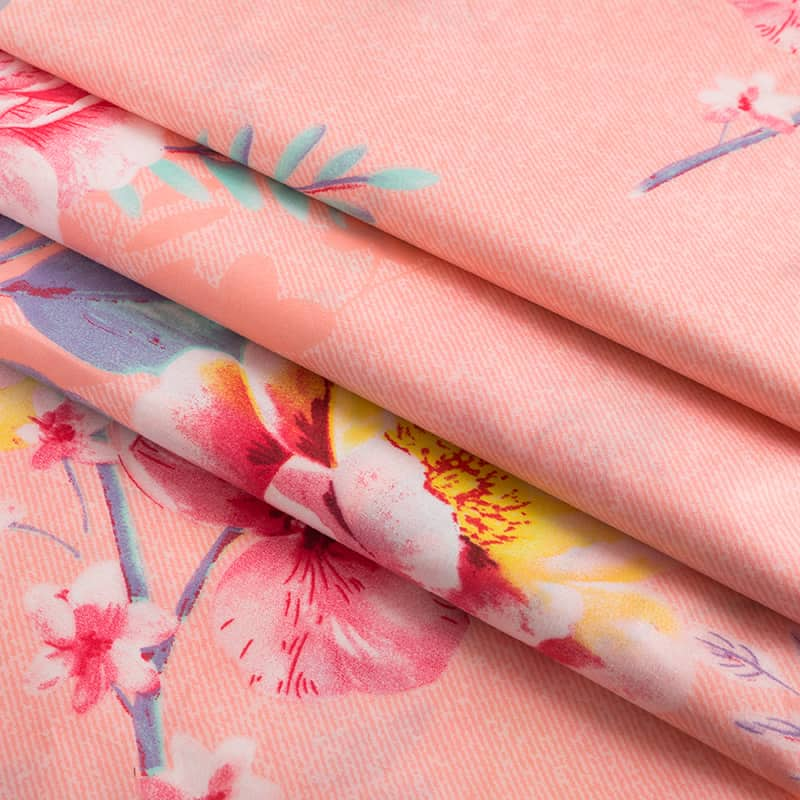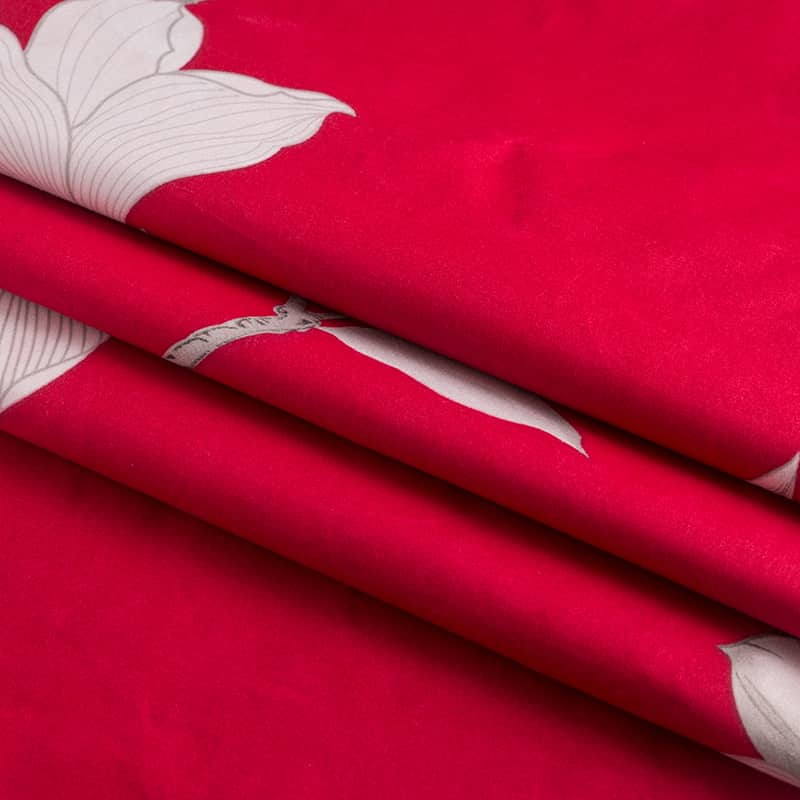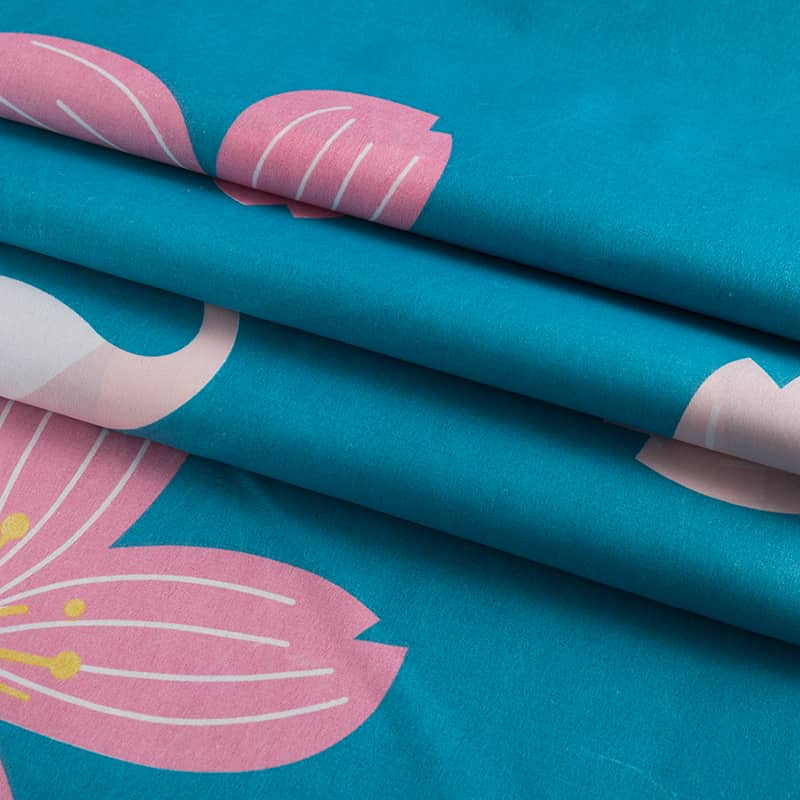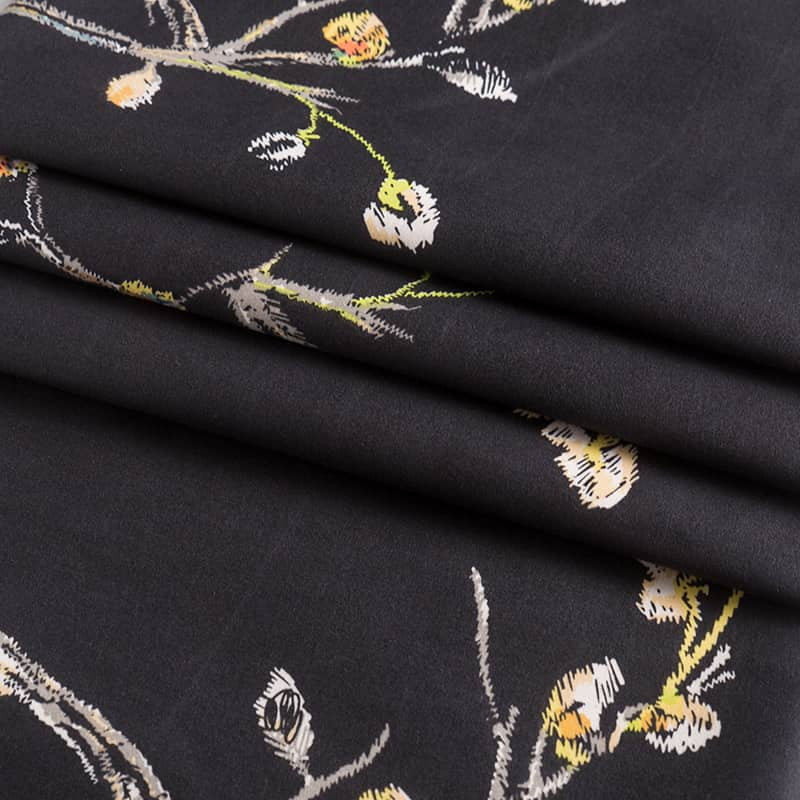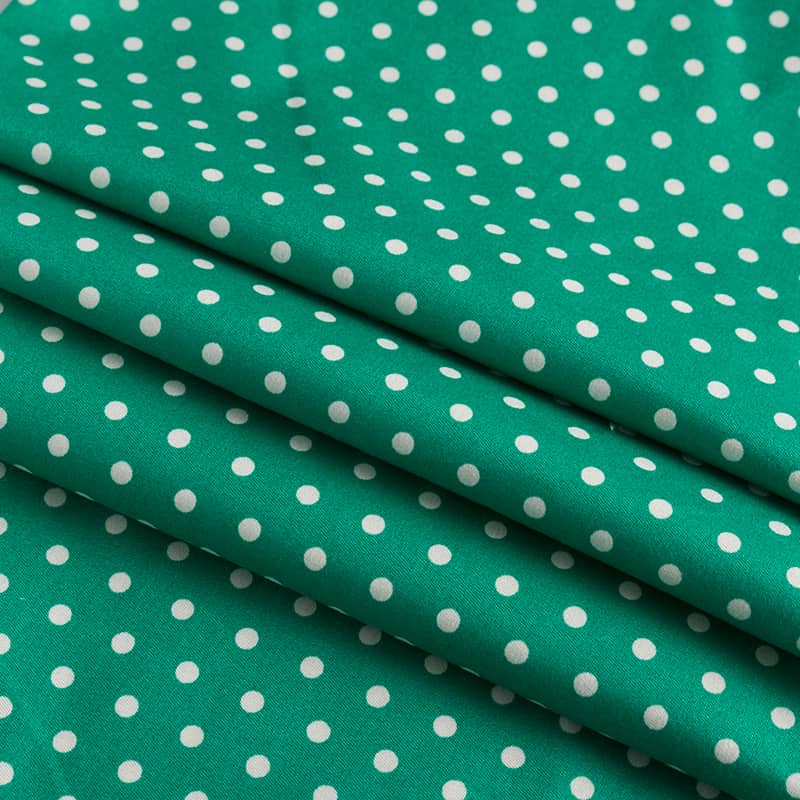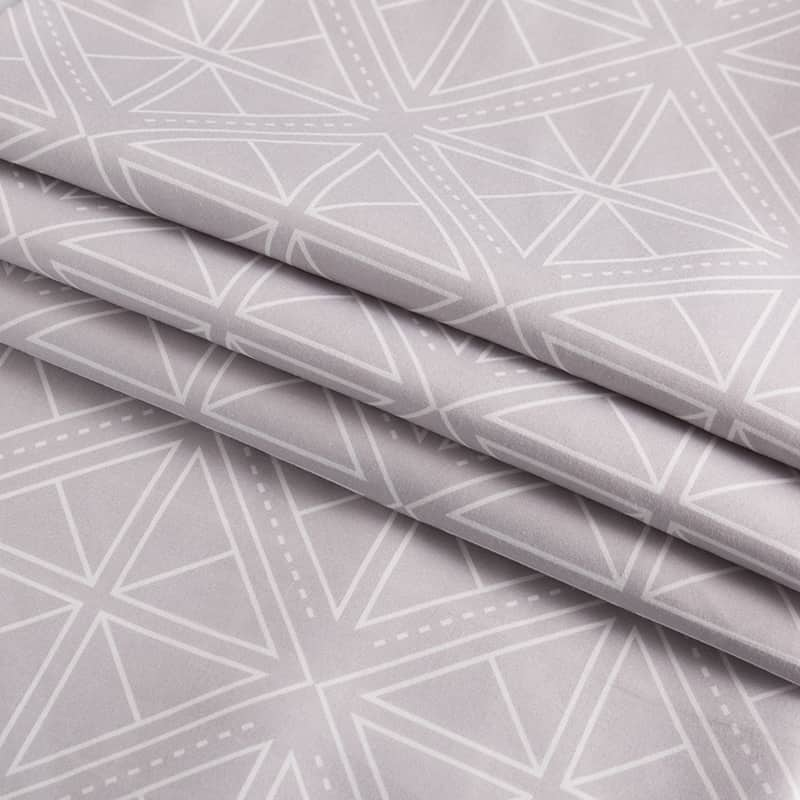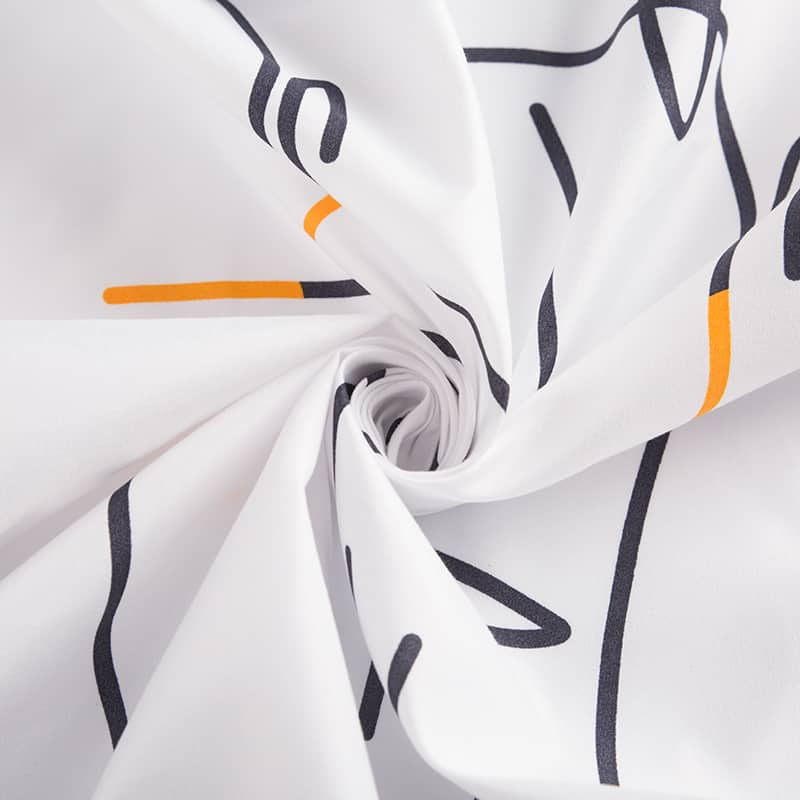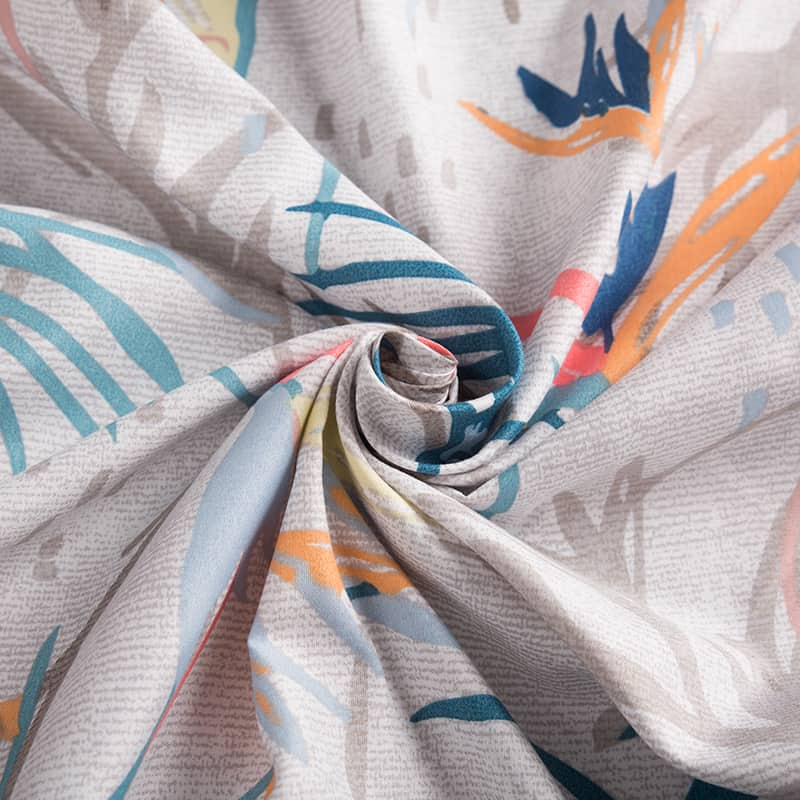Polyester is the maximum commonplace material in the world and is located in lots of consumer merchandise. It is a thermoplastic, which means that it can be melted and reformed. It has loads of useful properties and is reasonably priced to produce. It also can be recycled, which is right for the surroundings. It is essential to observe, however, that the production of polyester isn't without environmental problems. Some varieties of polyester are made with the usage of recycled plastic water bottles, which is a superb manner to reduce waste, however, other polyester is constructed from virgin oil and produces greater pollutants.
Chemical fiber polyester fabrics are made from a synthetic polymer known as polyethylene terephthalate (PET). This is created by reacting ethylene glycol and dimethyl terephthalate at high warmth to create a polymer. The molten polymer is then extruded through holes known as spinnerets to make non-stop filaments known as polyester yarn. The yarn may be spun right into a wide range of various fabric sorts.
Aside from its price and sturdiness, polyester has several other characteristics that make it an exceedingly famous fabric. It is wrinkle-resistant and easy to dry after washing. It additionally has a low thermal resistance and may face up to a high quantity of wear and tear and tear. This makes it a very good preference for clothes, in addition to different textiles and commercial products.
Another thrilling property of polyester is its potential to preserve its shape even after repeated washing and drying. This is thanks to its excessive degree of elasticity. It is also a surprisingly low-density fabric, which makes it lightweight.
The drawback of this material is that it doesn’t breathe as without problems as natural fibers, which can result in a stuffy feeling while wearing. It additionally has terrible hygroscopicity, which means that it doesn’t absorb moisture thoroughly. This can make it at risk of static energy and pilling.
It is possible to feature a variety of different capabilities in polyester to enhance its overall performance. For example, it may be covered with boron to beautify its flame and abrasion resistance. It is also used to reinforce ballistic-resistant fabrics, as it may increase their tensile strength and elastic modulus appreciably.
Chemical amendment of the polyester polymer also can be used to enhance its houses. This can consist of the addition of antimony or different components to suppress negative traits and decorate nice ones. Another choice is to use a boron nitride coating to prevent fire and explosions.
The most apparent disadvantage of polyester is its harmful environmental effect. The processing of polyester calls for a large quantity of power and resources, together with water. It is also viable that the production of this artificial fabric can release chemicals like phthalates into the air and water, which can cause health problems in human beings. These chemical substances can also be absorbed through the pores and skin, that's why it's miles essential to avoid polyester whilst viable. The production of polyester fabric also can cause water pollution by way of freeing heavy metals and poisonous chemical compounds into rivers, lakes, and oceans.



 英语
英语 西班牙语
西班牙语
